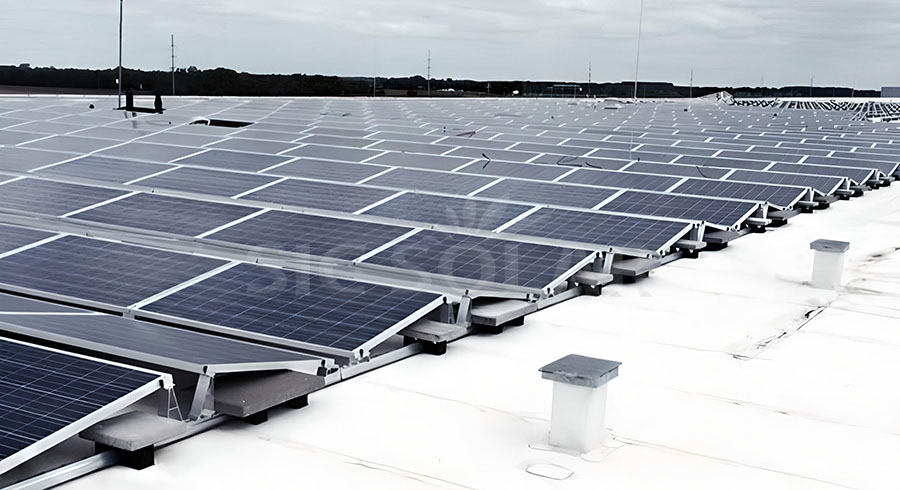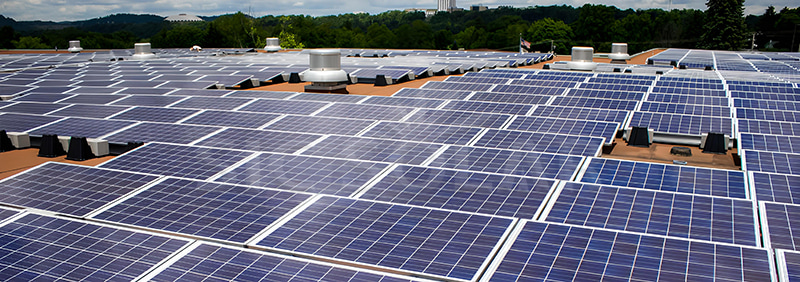How Does a Flat Roof Solar Mount Work?
The rise of solar energy has been significant in recent years, as people look for sustainable and environmentally friendly ways to power their homes and businesses. One of the most popular solar panel installation methods is on flat roofs, and to make this happen, a flat roof solar mount is required. But how does a flat roof solar mount work?

What is a Flat Roof Solar Mount?
A flat roof solar mount, also known as a solar panel support structure or solar tracker, is a device that holds and positions solar panels on flat roofs. It serves as the interface between the solar panels and the roof, ensuring that the panels are securely fastened in place.
How Does a Flat Roof Solar Mount Work?
The mount works by transferring the weight of the solar panels to the roof's structure. It is crucial that the mount is designed to distribute the weight evenly, preventing stress on the roof and ensuring that it can withstand both wind and seismic loads.
There are two main types of flat roof solar mounts: rail-based flat roof solar mounts and ballasted flat roof solar mounts.
Rail-based solar mounts consist of rails that are attached to the roof and support the solar panels. These rails are usually made of aluminum or steel and are either directly screwed or welded onto the roof. The solar panels then attach to these rails using clamps or other fasteners, allowing them to be adjusted for optimal positioning.
Ballasted solar mounts use weights, usually concrete or sand, to secure the solar panels to the roof. These mounts are typically more cost-effective as they don't require any rails or additional materials. The panels are placed directly on the roof, and the weight of the concrete or sand holds them in place.
Regardless of the type of mount used, it is essential to follow the manufacturer's installation instructions to ensure safe and effective installation.
Benefits of Flat Roof Solar Mounts
Flat roof solar mounts offer several benefits:
Efficient use of space: Solar panels can be installed directly on top of the roof, making it an efficient use of available space.
Structural integrity: The mounts are designed to withstand wind and seismic loads, ensuring that the roof structure remains intact.
Ease of installation: Flat roof solar mounts are designed for easy installation, reducing installation time and costs.
Longevity: Well-designed flat roof solar mounts can last for decades, providing long-term value and performance.
In conclusion, flat roof solar mounts play a crucial role in making solar energy a viable option for homes and businesses with flat roofs. By understanding how they work and their various benefits, you can make informed decisions about installing solar panels on your roof.
If you want to buy flat roof solar mounts, you can choose SIC Solar. SIC Solar has more than ten years of experience in the photovoltaic mounting industry, a dedicated R&D team, and a professional service team that can help you choose a photovoltaic mounting system that is more suitable for you.
